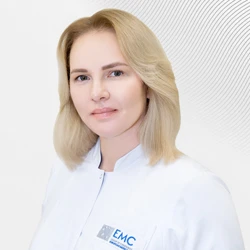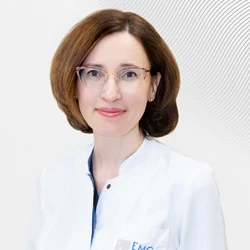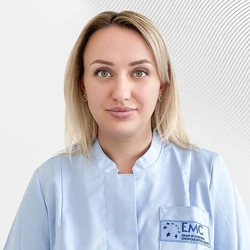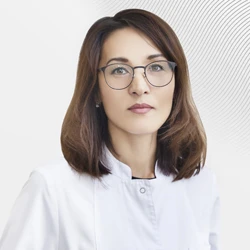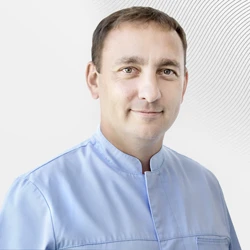Treatment of ethmoiditis in a child
Not all paranasal sinuses are present in a child from birth. The largest, the maxillary and frontal sinuses, do not appear immediately and increase gradually. In contrast, the cells of the trellis maze are present from birth, therefore, ethmoiditis can develop in a child at any age.
Symptoms, treatment
The fact is that the cells of the trellis maze are closely connected with the nasal cavity, so the child's ethmoiditis is practically indistinguishable from a severe runny nose and is manifested by difficulty in nasal breathing, mucopurulent discharge from the nose, and possible nasal nasal discharge. Similar symptoms do not allow us to accurately differentiate one disease from another. Moreover, it can be said that any severe runny nose is accompanied to some extent by manifestations of ethmoiditis. An otolaryngologist may detect characteristic signs of ethmoiditis when examining the nasal cavity, but the disease rarely requires fundamentally different treatment tactics than those used in severe, prolonged rhinitis.
Why is etmoiditis isolated as a separate disease?
The ethmoidal cells are separated from the orbit by a very thin bone plate, so thin that in Latin it is called a "paper plate". In children, it is even thinner and often has incompletely overgrown cracks or holes. In the case of a severe infection, it can easily spread from the cells of the latticed labyrinth to the orbit and the eye itself, causing so-called orbital complications. In the most severe cases, even loss of vision is possible. In addition, infection may spread into the cranial cavity and develop severe conditions such as meningitis, brain abscess, and cavernous sinus thrombosis. These conditions can pose a serious danger to the health and even the life of a small patient.
When an emergency consultation with an otorhinolaryngologist is required:
Swelling of the eyelids, narrowing of the ocular fissure.
Limitation of eyeball mobility.
Complaints of visual impairment.
Complaints of eye pain.
Severe headache.
Repeated nausea and vomiting.
Unnatural drowsiness.
Tension of the neck muscles.
In case of complications of ethmoiditis, it may be necessary to urgently hospitalize the child in a hospital for intensive antibacterial and anti-inflammatory therapy, and in severe cases, urgent surgical treatment. These are necessary measures to preserve the eyesight, and sometimes the life of a small patient. For conducting all conditions have been created for treatment at the EMC Children's Clinic. Emergency admission to a comfortable hospital, round-the-clock diagnostics and surgical treatment of any degree of complexity are possible.
Why the EMC
The first and only clinic in Russia, created in the image of the world's leading clinics
EMC is a multidisciplinary center offering patients a high level of medical services and a personalized approach
Worldwide recognition and awards
 Learn more
Learn more
Worldwide recognition and awards
 Certificates and licenses
Certificates and licenses
Make an appointment for a consultation
Specify your contacts and we will contact you to clarify the details
Reviews
and new products of the EMC


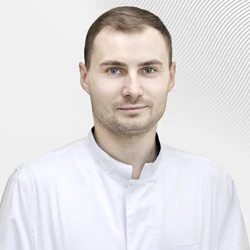
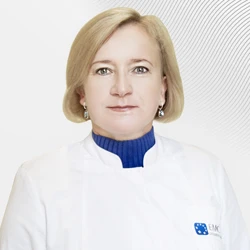
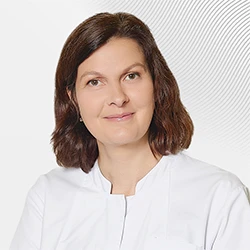

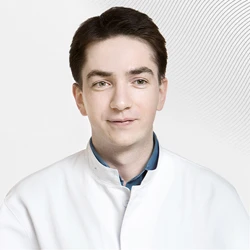
.webp)
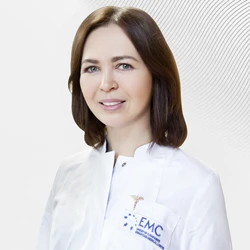
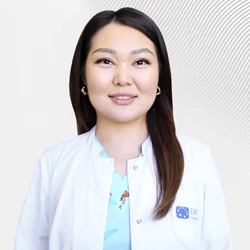
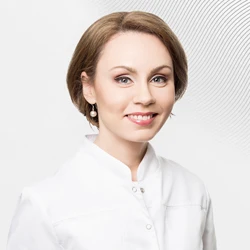

.webp)
